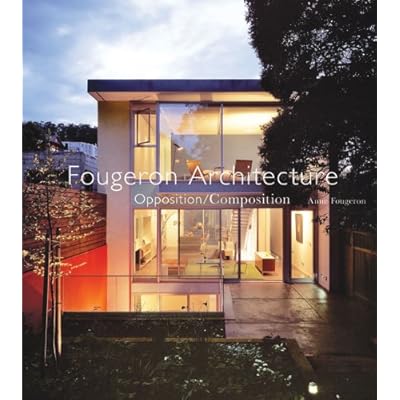Little Firm, Big World (in 3 Parts)

Little Firm, Big Building
Part I: The Project
If you didn’t already know, the Downtown and Embarcadero of San Francisco have been—and will continue—to go through some major changes. Namely, a wide spread project called The Transbay Project to improve infrastructure, provide transportation and create housing. It will include 10 new buildings and Fougeron Architecture, along with SOM, will be designing Transbay 9.
The blocks for these new buildings are owned by by the OCII (Office of Community Investment and Infrastructure) which held team competitions for the projects, featuring teams of developers and architectures. After Transbay 9 was announced, I got a lot of questions about working with such a powerhouse in architecture.
Part II: The History
First, it’s imperative to understand the landscape of the world of architecture (pun intended). Within the architecture world, women and minorities are severely underrepresented still. White male privilege reigns supreme and when you take a look at major firms or architectural organizations, boards are often times comprised of one very overrepresented demographic. (Organizations like Women’s Initiative, have made moves towards leveling out skews in the workplace and correcting societal biases.
Having worked in architecture since 1980, having owned my own firm since 1987, and having served on multiple boards taught me that as many changes as I make in my own business and as many personal victories I may have, change must also be an institutionalized decision. In 1998, San Francisco created a series of charters aimed to overcome societal biases for minorities, women and small business owners. In an effort for city growth but also to help prevent existing discrimination they enacted the MBE/WBE/LBE charter (Minority Business Enterprise, Women Business Enterprise, Local Business Enterprise).
These charters allows women and minority owned businesses (as well as small businesses, or all of the above) opportunities to pursue contracts they previously couldn’t, by setting aside micro programs only for small businesses, offering incentives for larger companies to work with smaller companies or taking advantage of an increase availability in subcontracts. Essentially, the city of San Francisco offers opportunity where it would not have previously been. The OCII owns all the land for the Transbay projects and therefore follows the city charter regarding LBE/MBE/WBE participation.
Part III: Little Firm Meet Big Firm
The opportunity to work with a large firm like SOM on the Transbay project was also thanks in part to the Transbay buildings sites being a large, linked project tackled by multiple firms rather than simply one firm taking all ten buildings. The move by the city of San Francisco was imperative for architecture and small businesses to thrive in an all encompassing way. But thanks to the MBE/LBE/WBE charter, another change has emerged.
In architecture, you are almost always up someone else. The existence of your art–your work is contingent on “winning.” It means that everything can be reduced to the haves and have nots. By my getting a job, it means someone else did not. This creates a competitive atmosphere that has its benefices: you are always striving to be better, smarter and cheaper, and cons: you are distrustful, reserved, and collaborations are infrequent.
As Fougeron Architecture works with SOM to build Transbay 9, I am finding that when collaboration is made to be intrinsic to a project, you can find a true example of the sum of the whole is greater than its parts. Because what makes a smaller firm more desirable is balanced with what a larger firm can offer. A larger firm offers you resources in scale: arrays of experiences, materials, people. While a smaller firm can provide greater attention to detail, client interactions and more time spent with the principal architect rather than staff.
What I have found in the Transbay 9 project is that the dialogue is no longer about competition but cooperation. And because any senior architects on the project are equals, you also find a refreshing honesty. Buildings, especially city buildings, can be made better and smarter. And that value is immeasurable.





Wonderful! This is really great news – can’t wait to see/hear more. Sounds like a beautiful and very complementary pairing – Congrats!
While it was ultimately useful that you are a SBE we collaborated with you because you and your firm are really good designers and we enjoy working with you.
Carrie